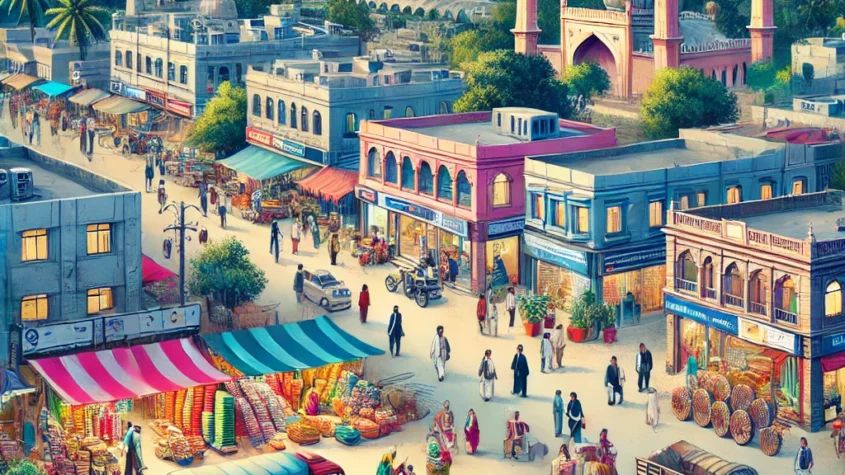
Egerp Panipat is a unique character whose influence extends beyond the confines of traditional narratives. Through a blend of historical significance and cultural interpretation, Egerp Panipat serves as a fascinating lens into the complexities of the era. Readers will find that understanding this character offers insights into the broader socio-political landscape of the time.
The story of Egerp Panipat is intertwined with key events that shaped the region, providing a rich backdrop for exploration. By examining Egerp’s role, one can uncover the intricacies of alliances, conflicts, and the shift in power dynamics that define this pivotal chapter in history.
Engaging with Egerp Panipat invites readers to not only appreciate the narrative but also to reflect on how personal stories intertwine with larger historical movements. This exploration promises to enrich their understanding of the past and its lingering impact on the present.
History of Egerp Panipat
Egerp Panipat has a rich historical background shaped by its origins, significant battles, and transformations over time. Key events have influenced its development, making it a notable location in various historical contexts.
Origins and Etymology
The name Egerp Panipat derives from the local language, often rooted in historical references to the area. The term “Panipat” signifies “the place of the battle.” The region is geographically significant, acting as a crucial junction for trade and military routes.
Settlement in Egerp Panipat can be traced back centuries. It was initially inhabited by various indigenous groups and later saw the establishment of strategic forts. The area’s fertile land attracted settlers, promoting agricultural development.
Historical Battles
Egerp Panipat is renowned for several crucial battles in Indian history. The First Battle of Panipat, fought in 1526, marked the beginning of the Mughal Empire. This battle involved Babur and Ibrahim Lodi, illustrating the region’s significance in historical warfare.
Subsequent battles, including the Second (1556) and Third (1761) Battles of Panipat, further solidified its status as a pivotal battlefield. These conflicts showcased military strategies and alliances prevalent at the time and influenced the political landscape of Northern India.
Modern Developments
In contemporary times, Egerp Panipat has evolved into an industrial and educational hub. The area is recognized for its advancements in various sectors, including textile manufacturing and technology. The establishment of institutions has attracted a skilled workforce and promoted urbanization.
Infrastructure development has also played a role in Egerp Panipat’s growth. Improved transportation links and facilities have enhanced connectivity, contributing to economic progress. This transformation reflects the area’s adaptation while preserving its historical significance.
Cultural Significance
Egerp Panipat holds a distinctive place in cultural history. It is known for its unique architecture and rich craftsmanship, which reflect the area’s heritage.
Architecture and Monuments
Egerp Panipat features several historical structures that showcase its architectural heritage. Notable among these are ancient forts and temples that reflect a blend of various architectural styles.
The Panipat Fort, built during the 18th century, stands as a testament to the strategic importance of Egerp Panipat throughout history. Its walls and gateways illustrate the military architecture of the time, while intricate carvings enhance its aesthetic appeal.
Another significant site is the Brahma Sarovar, a sacred water tank surrounded by temples. This site attracts visitors and pilgrims alike, showcasing the area’s spiritual and communal importance.
Textiles and Handicrafts
The textile industry in Egerp Panipat is renowned, particularly for its cotton and silk products. The area is famous for its handloom fabrics, which feature intricate designs and vibrant colors.
Local artisans practice traditional techniques that have been passed down through generations. Items such as saris and stoles often incorporate regional motifs, making them desirable both locally and internationally.
In addition to textiles, Egerp Panipat is known for handicrafts such as pottery and woodwork. These crafts not only serve functional purposes but also represent the cultural identity of the region, contributing to its economic and social fabric.
Recycling Drop Off: Essential Tips for Responsible Waste Disposal
Many communities offer recycling dropoff locations, providing an essential service for tho…










